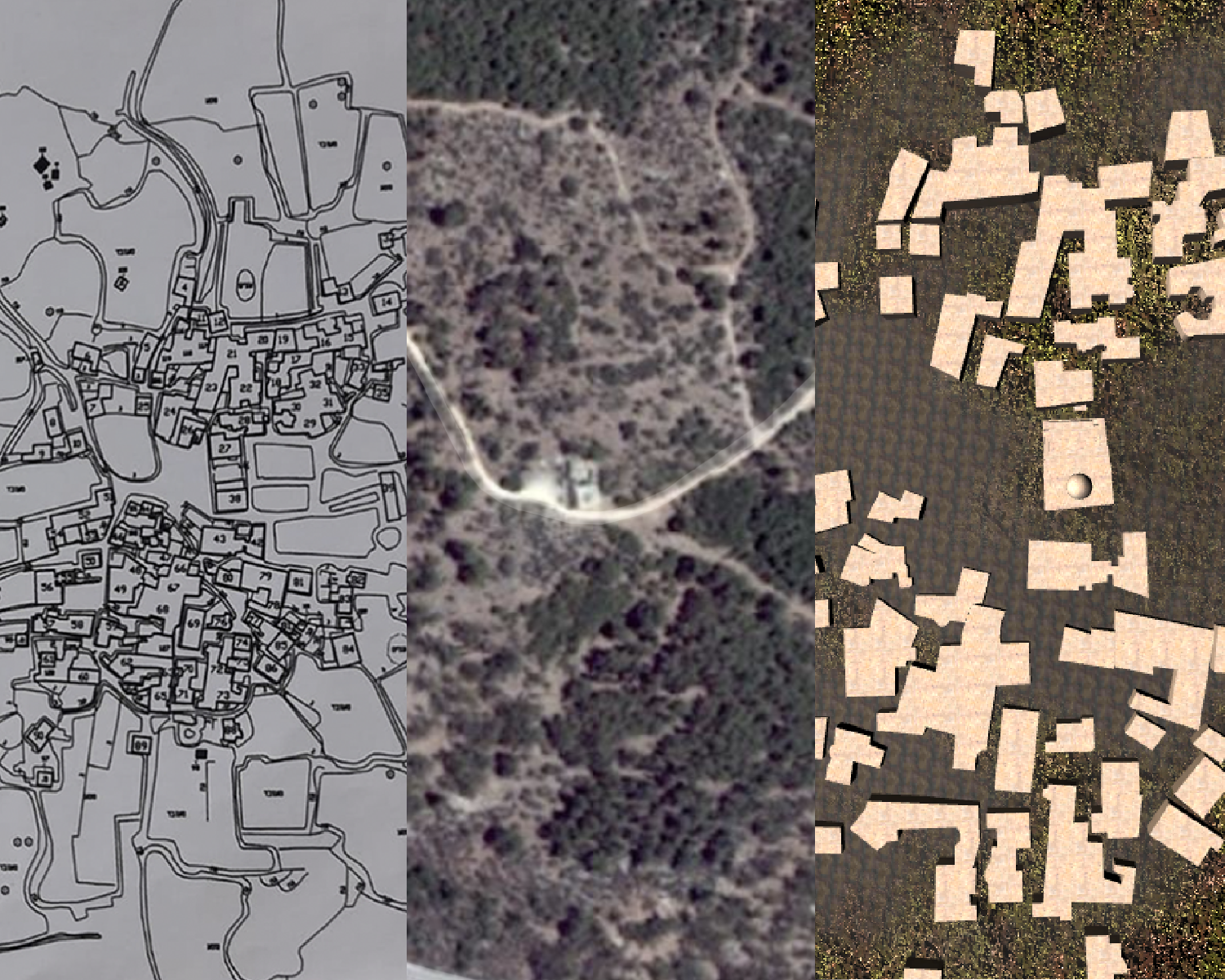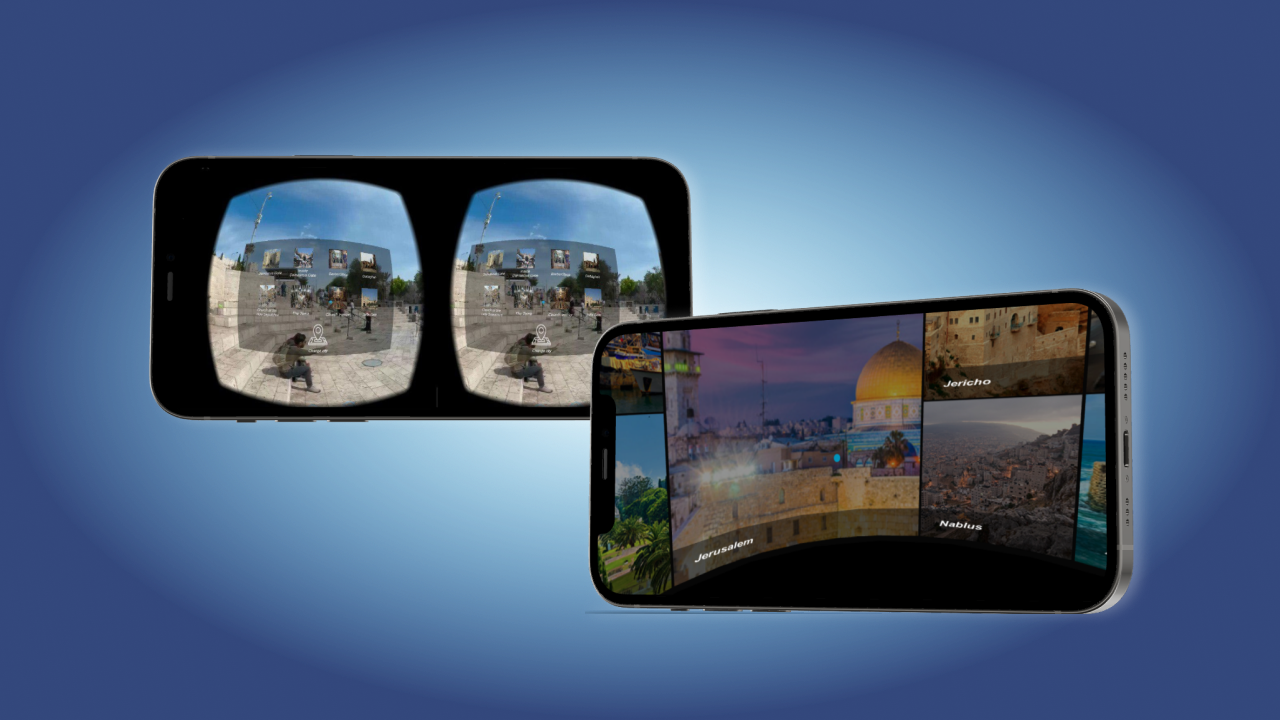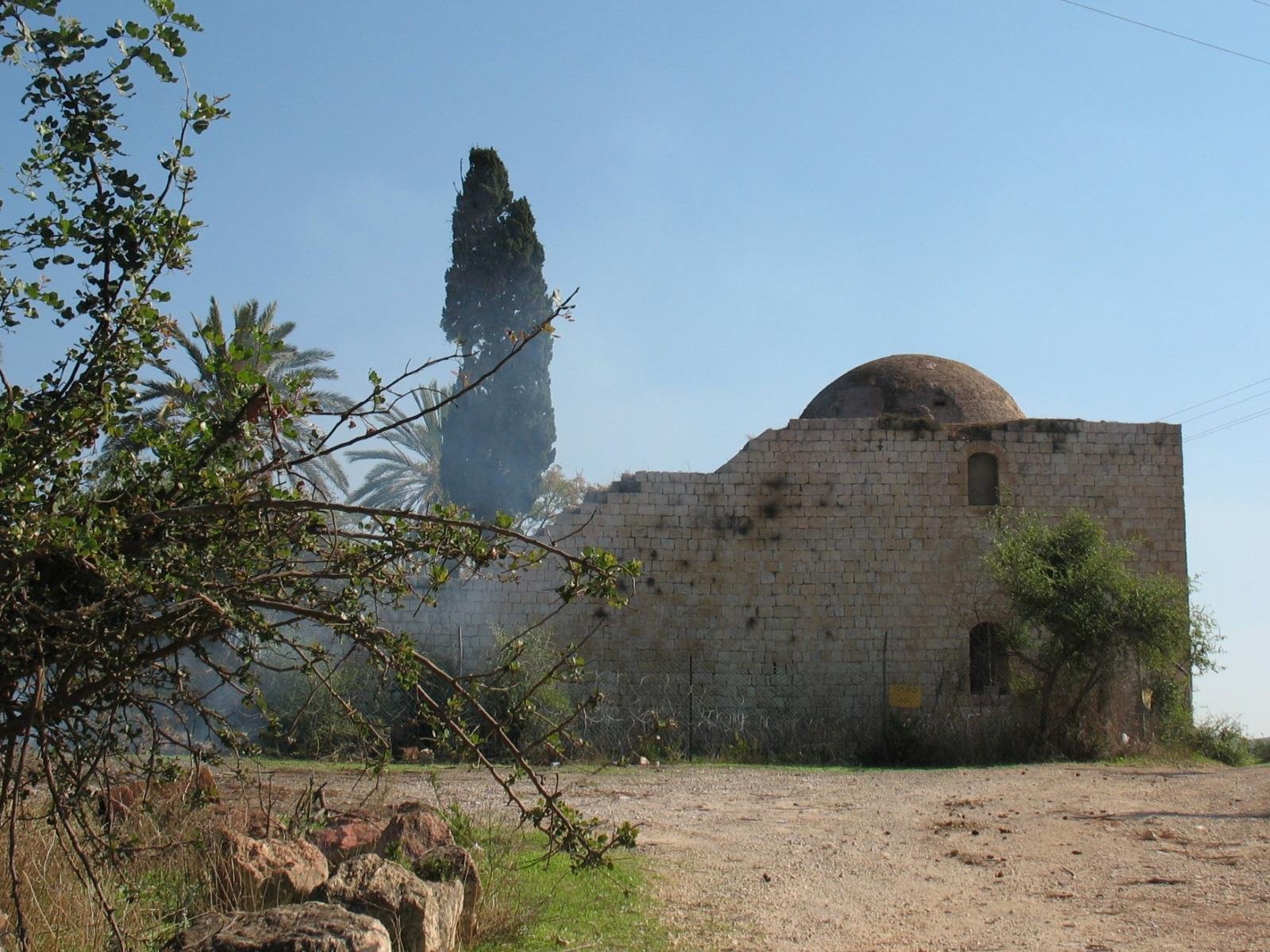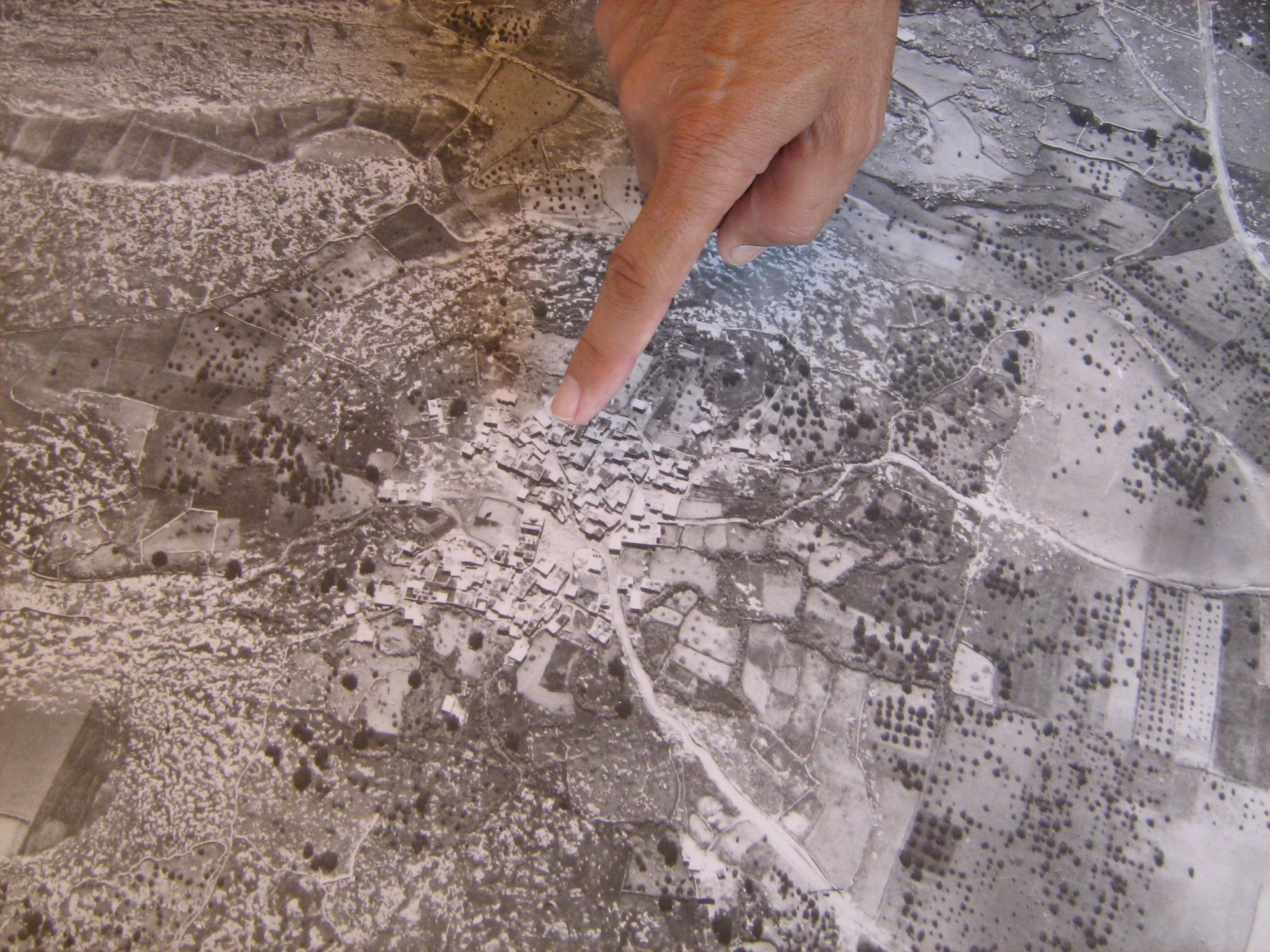Glimpses from Palestine
A VR mobile experience reimagining lost Palestinian villages through time.

Project Approach
Glimpses from Palestine is a mobile virtual reality application designed to enable users, especially Palestinian refugees and their descendants, to explore cities and villages throughout historical Palestine. Numerous locations have been devastated or transformed as a result of persistent political conflict. The application recreates the historical landscape by utilizing archival images and maps, allowing users to journey through time and witness the former appearance of these villages.

Challenge
Since 1948, millions of Palestinian refugees have been denied the right to return to their homeland or to even visit it. Numerous villages that once existed have been destroyed or replaced. How can we facilitate a meaningful and immersive connection for displaced communities to their lost heritage, particularly when physical access is unattainable?
Breaking down complex design challenges
Sketching the narrative of lost landscapes
Refining the design approach
Transforming historical memories into visual design exploration

Research
To create an experience that is both historically accurate and emotionally resonant, I adopted a design case study methodology that combined research, prototyping, and usability testing.
User Interviews
Conducted interviews with Palestinian refugees living in the diaspora and individuals who had direct experience with the destroyed villages.
Expert Consultations
I spoke with experts in virtual reality and Middle Eastern history to inform content and UX decisions.
Think-Aloud Protocol
Used to gather real-time feedback on user expectations and behaviors during prototype testing.
Secondary Research
Analyzed historical photos, maps, and architectural records to accurately model demolished villages in 3D.

Approach
The methodological approach to design case studies has been taken. Interviews with Palestinians in the diaspora and from Palestinians who lived in those villages. The interviews included non-Palestinians for incorporating different perspectives. Also, I conducted expert interviews in VR. Thinking aloud was a method that I followed to explore the user needs and requirements.

Design
The application offers a curved VR interface designed to provide a more immersive and intuitive user experience. Users initiate their journey by choosing a city from a panel at the bottom of the screen. Upon making a selection, they are seamlessly transported to a 360° environment that reflects either the current or historical state of that location.
Time Travel View: Users can toggle between the present-day scene and a historically reconstructed version based on archival materials.
Immersive Navigation: Navigating historical memories through virtual reality
Minimal UI Clutter: All controls are placed below the user’s field of vision to preserve immersion while remaining accessible when the user looks down.
Preserving cultural heritage through innovative design

Impact beyond design
The prototype was tested with target users who expressed strong emotional reactions and appreciation for the sense of reconnection to their ancestral homes. Feedback highlighted the app’s intuitive interface and its potential for cultural education and preservation.
Emotional connection
This project was deeply personal and meaningful. It combined immersive technology with heritage preservation, bridging past and present through design. The emotional weight of the subject matter presented unique UX challenges, pushing me to design not just for usability, but for memory, identity, and belonging.
Cultural resilience
Empowering displaced communities to reclaim, rediscover, and reimagine their ancestral spaces through innovative technology and collaborative initiatives that foster connection, creativity, and a renewed sense of identity.
